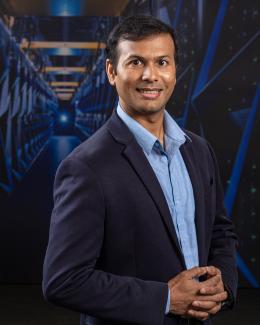Abstract
Transportation simulation technologies should accurately model traffic demand, distribution, and assignment parame- ters for urban environment simulation. These three param- eters significantly impact transportation engineering bench- mark process, are also critical in realizing realistic traffic modeling situations. In this paper, we model and charac- terize traffic density distribution of thousands of locations around the world. The traffic densities are generated from millions of images collected over several years and processed using computer vision techniques. The resulting traffic den- sity distribution time series are then analyzed. It is found using the goodness-of-fit test that the traffic density dis- tributions follows heavy-tail models such as Log-gamma, Log-logistic, and Weibull in over 90% of analyzed locations. Moreover, a heavy-tail gives rise to long-range dependence and self-similarity, which we studied by estimating the Hurst exponent (H). Our analysis based on seven different Hurst estimators strongly indicate that the traffic distribution pat- terns are stochastically self-similar (0.5 ≤ H ≤ 1.0). We believe this is an important finding that will influence the design and development of the next generation traffic simu- lation techniques and also aid in accurately modeling traffic engineering of urban systems. In addition, it shall provide a much needed input for the development of smart cities.


